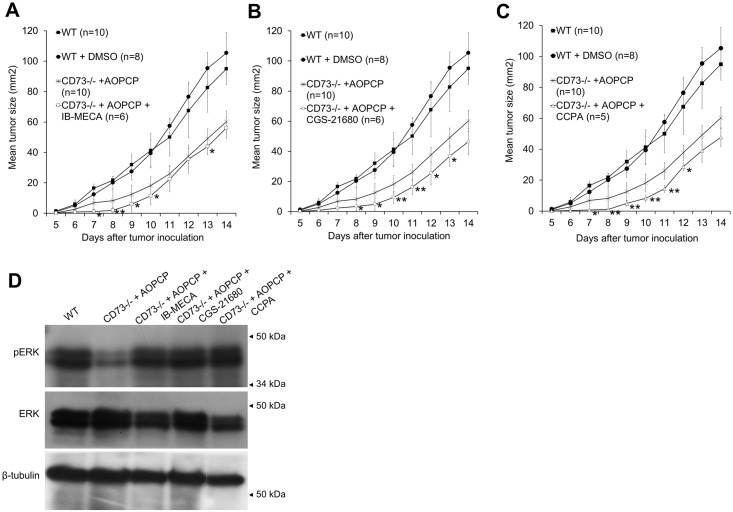Fig 1. Stimulation of A3, A2A or A1 adenosine receptors initially reduces subcutaneous B16F10 tumor growth but later activates MAP-kinase pathway.
(A, B, C) Growth rate of B16F10 melanoma for 14 days post s.c. injection into WT or CD73-/- mice. CD73-/- mice were treated with AOPCP and, where indicated, with specific adenosine receptor agonist, IB-MECA (agonist for A3AR), CGS-2168 (A2AAR) or CCPA (A1AR). For separate control of agonist solvent, WT mice were treated with DMSO. Only statistically significant changes induced by agonist treatment compared to the CD73-/- + AOPCP background are marked on the graph, *P<0.05, **P<0.01. (D) Expression of ERK1/2 and pERK1/2 on the 14th day of tumor growth assessed by Western blot in tumor lysates. -tubulin shown as loading control.

